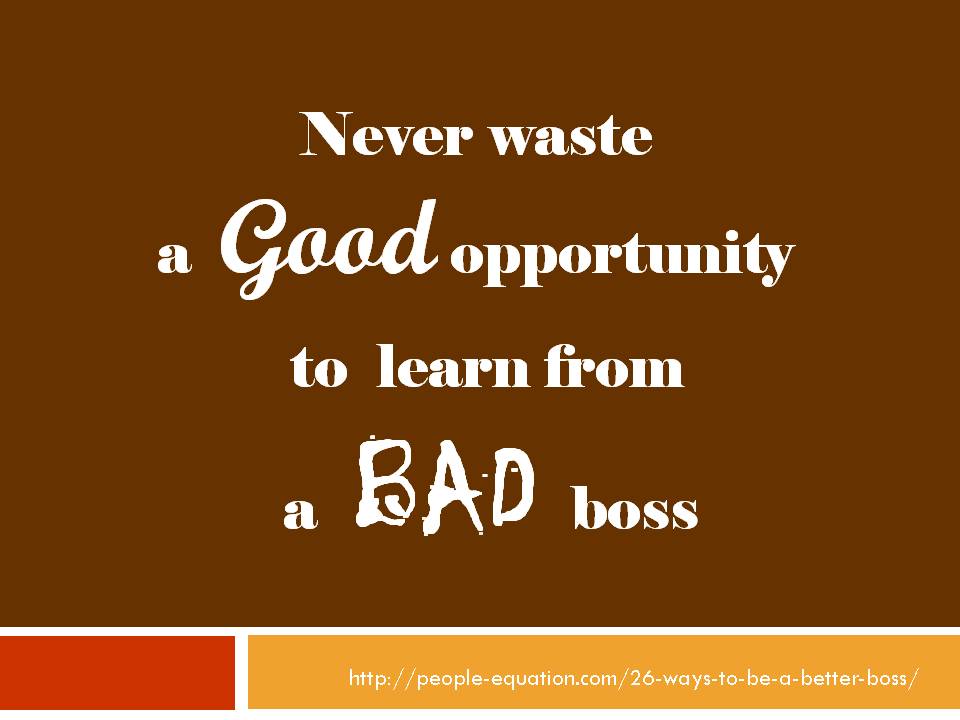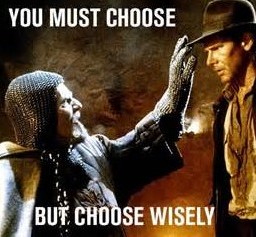Open workspace, a trend in office design, is intended to foster a more collaborative and productive workplace with fewer organizational silos. Hearing from several people in different firms share their experiences adjusting to the design after their companies moved their offices, I’m concerned about its impact on employee engagement. Among the frustrations cited:
- Although space is available when concentrated work and private meetings are required, it’s harder for some people to focus on work. As a result, these employees find themselves staying later in the office just to get work done.
- The new open layout is noisy and distracting. One associate observed the irony of the layout encouraging teamwork and collaboration when people were “wear headphones that shut them off from each other.”
- Desk set ups are flexible and interchangeable to encourage employee collaboration, allow for “drop-in” employees a place to work, and provide economies of scale derived from shared and reusable space. Such set ups also limit employees’ personalizing their workspace. A manager in one such organization told me employees were allowed one personal photo in a company-approved frame.
I asked a colleague who works in new office space to share her thoughts. Her adjustment was quicker than she anticipated, and she liked the interactivity with other departments. She also acknowledged the onus is on the employee to adapt, including utilizing the “quiet spaces” available when needed. When I asked her about any negative effects, she said she would email me after giving it more thought. A few minutes later she called me from a private space where she could be more discrete in discussing the downsides of the new office. She admitted there are times she feels “it’s like working in a fishbowl.”
The Ideal Workspace?
Researching this new work environment, I learned about Herman Miller’s “Living Office,” a well-thought out design concept that offers a variety of work space where people can work alone, in one-to-one situations, and in both small and large groups for collaboration. I was impressed with the logic behind it that emphasizes the “human experience.”
“In the new landscape of work, creativity and idea generation drive value, and humanity is the distinguishing capability. Processes don’t create ideas, think up new products, or maintain relationships, people do.
[Workplaces] need to attract, nurture, enable, and retain the talent that will drive innovation and execution, and bring an organization’s strategy to life. Through an optimized variety of settings a Living Office will give individuals something that cannot be had anywhere else: a spiritual connection to work and colleagues; a platform for increased productivity and effectiveness; and, a more naturally human experience of interaction and creation.” Herman Miller brochure
Other firms in the office furniture and design industry also embrace and promote this type of layout.
In addition, I learned the open space office is not new, as Frank Lloyd Wright used it in designing the Larkin Company Administration Building in Buffalo, NY, in 1903. Contemporary interest in open workspace is to enable individuals to take control of their environment with options to move to where they can work best, such as quiet spaces for focus and larger spaces for discussion and collaboration. Granted, it is more liberating than employees isolated in pod-like cubicles.
What about employee engagement in open workspace?
The open office design is not without its critics, however.
” … as the number of ‘open’ companies is increased, so too have the questions over whether the environment is all it’s cracked up to be [as] all that togetherness comes at a cost, including distractions, a loss of privacy and the potential for the lightning-fast spread of germs.” David Ward, “Beyond the Open Office”
“An open concept often poses the question, ‘Where is my space?’ People like to set up personal spaces to make them feel more at home [with] pictures, posters, etc. Some individuals also need to feel separated from the group and free from distraction (visually and audible — people moving about the office or [in] discussions).” “Open vs. Closed Space: Finding a Balance,” by Mia Rossi for Corporate Environments.
As a result, I have serious concerns related to employee engagement:
- People engage when they’re involved in meaningful work and making progress in that work. If engagement is about making progress, what does it say when you’re challenged to focus and concentrate?
- People also engage to belong, to connect and be part of something special. If engagement is about a sense of belonging, what does it say when your workspace is interchangeable and with limited options to customize it?
The evolving workspace
Creating an effective work environment involves considering a variety of factors that include employee demographics, the degree to which people are introverted and extroverted, the type of industry and work to be performed, organizational culture, etc. Most likely, the ideal workspace design will continue to evolve with a hybrid approach combining elements of flexible, fixed, open, and private space that best accommodates both employees and employers.
An effective and engaged workplace ultimately depends on the strength of an organization’s leadership and culture — its consideration of the above factors, how it solicits employee input and involvement in changing the office layout, sensitivity and response to employees’ workspace needs, support to help employees adjust to a new updated environment, and ongoing communication and feedback throughout the process.
[Special thanks to Chuck Stehly, Corporate Environments, and Joseph Biondo, AIA, Spillman Farmer Architects, for their help with this post.]










